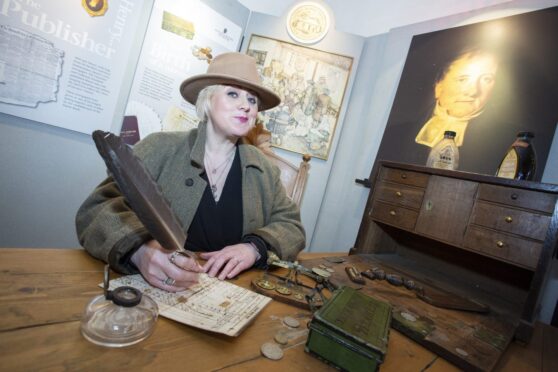
The little museum with a big story to tell makes for a great family day out in Dumfries and Galloway.
-
Some Sunday Post online content is funded by outside parties. The revenue from this helps to sustain our independent news gathering. You will always know if you are reading paid-for material as it will be clearly labelled as “Partnership” on the site and on social media channels,
This can take two different forms.
“Presented by”
This means the content has been paid for and produced by the named advertiser.
“In partnership with”
This means the content has been paid for and approved by the named advertiser but written and edited by our own commercial content team.
Summer school holidays are a time of exploration, family time spent making memories. As much as that sounds idyllic, the pressing issue any parent faces is finding places to go and things to do to fill those long weeks.
So let us make a suggestion of a true hidden gem to visit. But it comes with an advisory notice: don’t let the name deter you. It’s the Henry Duncan Savings Banks Museum in Ruthwell, Dumfries and Galloway.
Now, we know visiting a historical banking museum will be a hard sell to any child, and possibly most adults too. However, this little museum tells the incredible story, and it really is impressive, of Reverend Henry Duncan.
He set up the world’s first savings bank in 1810, revolutionising the world’s banking system, and he did it in a grain store in rural Dumfries & Galloway.
But that’s just the tip of the iceberg. By the end of this article, when you learn more about Henry Duncan, you’ll be wondering how on earth you’ve never heard of him before.
Telling the world about this amazing man’s achievements is exactly what this museum, and museum manager Mhairi Hastings, aims to do.
Piggy banks, pennies and a printing press
Still not convinced? Well, perhaps the exhibition of over 300 piggy banks, the chance to strike your very own coin, trying your hand at using the historical printing press and the five out of five Tripadvisor rating will further entice you to step inside.
Museum manager Mhari’s passion and enthusiasm for the museum are infectious. We asked her to tell us more about the man and the museum which is housed in the bank’s original building.
Mhairi explained: “Henry Duncan was a local lad just born the other side of Dumfries, and he became the minister of Ruthwell parish for the Church of Scotland. One of his main aims in life was to help people out of poverty and educate them.
“At the start of the 19th century, commercial retail banks required you to have a £10 initial deposit to open an account, which was far beyond anything the local agricultural workforce could ever save.
“So, in 1810 Henry started this bank, where you could open your account with sixpence. It was the first bank that removed that initial deposit barrier of £10 and made it affordable for everyone.”
She continued: “This was also the first bank to offer women full control over their own bank account. He was very much ahead of the game when it came to equality, not just between the sexes, but equality in financial institutions too.”
Free money…?
However, at first this new bank was met with some scepticism from the locals. Mhairi explained: “He had to convince them that he wasn’t going to run away with their money. As he was the minister that certainly helped.
“And once he overcame the initial barriers people really took to the idea. It was the first time they had been given ‘free money’ by way of interest. As you can imagine, word spread quickly that he was giving away free money!”
The impact the bank had on the financial prospects of the local people was nothing short of remarkable. “Henry wrote a pamphlet, a little booklet, called An Essay on the Nature and Advantages of Parish Banks, for the Savings of the Industrious,” said Mhairi, “and in this novella he actually used examples of real people and what they had gone on to do with their savings.
“A servant in a fancy household managed to save enough money to buy her own shop. Others used the money to emigrate and pay their own passage to Australia and places like that.
“There were also lots of examples of employers who opened savings accounts for employees and put a proportion of their wages straight into the savings account.”
She continued: “The employee would end up with a healthy bank account and interest was also getting added on at the same time. Workers were making money on their bank accounts, which was revolutionary for folk at that time.”
Celebrating the unique legacy of Henry Duncan
Henry’s bank thrived and eventually became part of the Trustees Savings Banks, what we know as the TSB today.
The story of the bank is testament to the forward-thinking, fair and kind-hearted man Henry was. However, as Mhairi explained, there is so much more to Henry Duncan that is equally fascinating.
She told us: “We don’t just focus on banking. We celebrate everything else that Henry did too. Incredibly, he was also the first person in the country to identify fossilised footprints in sandstone. The animal that left the footprints, a giant extinct amphibian that pre-dates the dinosaurs, was actually named after him!
“Not only that, he spent 20 years recovering and rebuilding the shattered Ruthwell cross, the earliest known Christian cross in mainland Scotland that dates to the 7th century.
“Another legacy he left behind is that he founded the very first two newspapers in Dumfries and Galloway – The Courier and The Dumfries and Galloway Standard. Both are still in print today.”
The Stane Man: an all-round good guy
Mhairi finds that even locals aren’t aware of the impact Henry Duncan had on so many things they relate to in everyday life. She said: “The very first statue in Dumfries was of Henry. Locally he’s known as the ‘Stane Man’.
“Now, if you say to anybody in Dumfries ‘I’ll meet you at the Stane Man’, they’ll know where you mean, but not many know it’s Henry Duncan!”
Visit the museum and you’ll not just learn about Henry. Kids (of all ages) will love the piggy bank exhibition. The museum has a collection of over 300 ‘home safes’ also known as piggy banks, all of which have been donated, with many posted from museum visitors from around the globe.
Talking to Mhairi, you can’t help but get drawn in by her enthusiasm and energy for the museum. And that alone makes a visit a brilliant way to spend an afternoon.
Mhairi said: “So many people visit and say ‘I thought I’d be in for five minutes for a quick look round’. Then they stagger out into the daylight hours later, amazed that they’ve learnt so much about this man who seems to be an all-round polymath and good guy, and yet they’ve never heard of him. Most people wonder why they don’t know of him already!”
Mhairi finishes by saying: “This is my dream job. I previously worked here for 13 years as the museum manager until the former owners, the TSB, closed the building and I was made redundant.
“When the current owners bought over the building and artefacts from the TSB, I got my job here back, and I absolutely love it!”
With a five out of five Tripadvisor rating, many visitors have already discovered this hidden gem of a museum. Book online and get planning your visit to Henry Duncan Savings Banks Museum.
Henry Duncan Savings Banks Museum, 2 Thwaite Cottages, Ruthwell, Dumfries DG1 4NN

Enjoy the convenience of having The Sunday Post delivered as a digital ePaper straight to your smartphone, tablet or computer.
Subscribe for only £5.49 a month and enjoy all the benefits of the printed paper as a digital replica.
Subscribe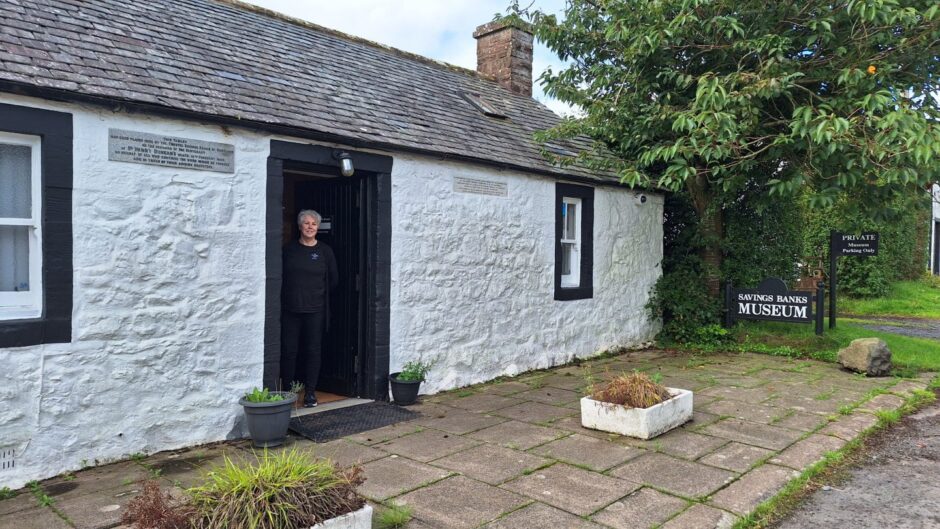 © Supplied by Henry Duncan Savings
© Supplied by Henry Duncan Savings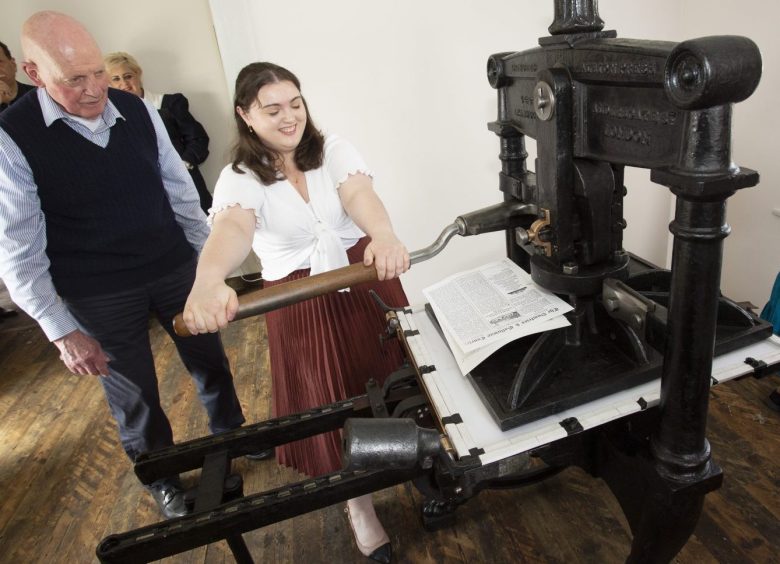 © Supplied by Henry Duncan Savings
© Supplied by Henry Duncan Savings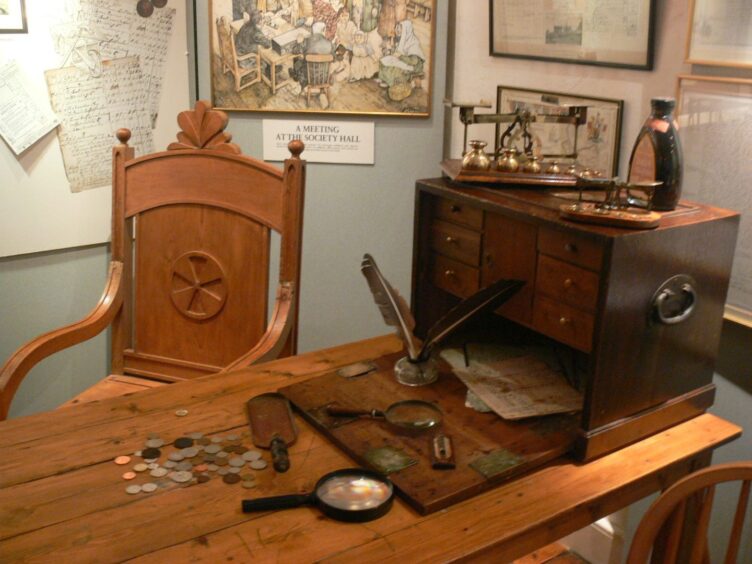 © Supplied by Henry Duncan Savings
© Supplied by Henry Duncan Savings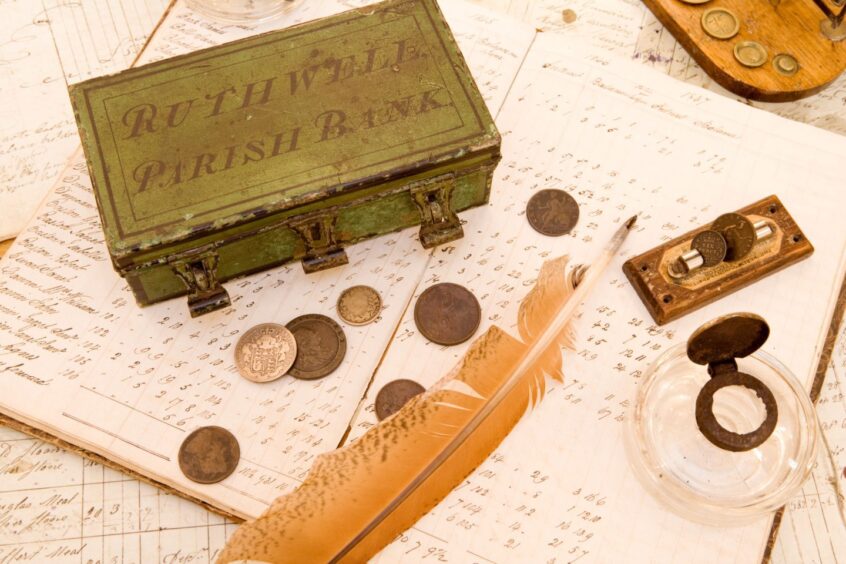 © Supplied by Henry Duncan Savings
© Supplied by Henry Duncan Savings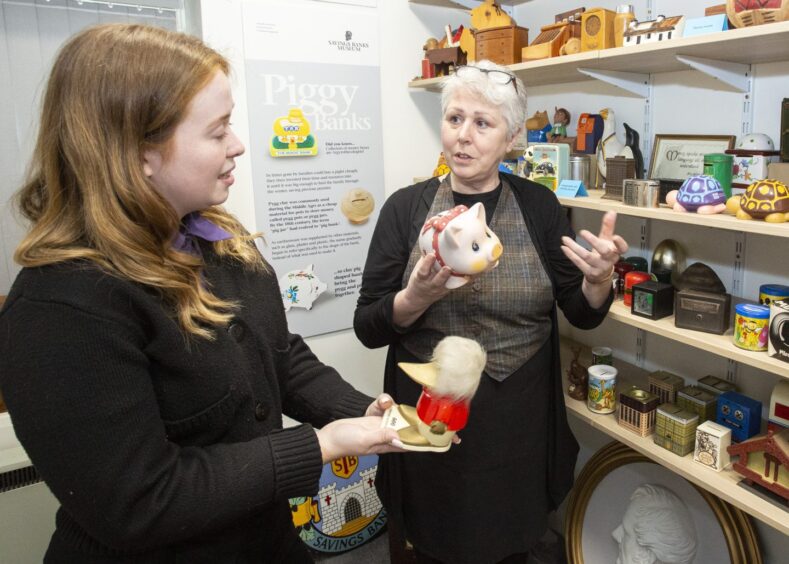 © Supplied by Henry Duncan Savings
© Supplied by Henry Duncan Savings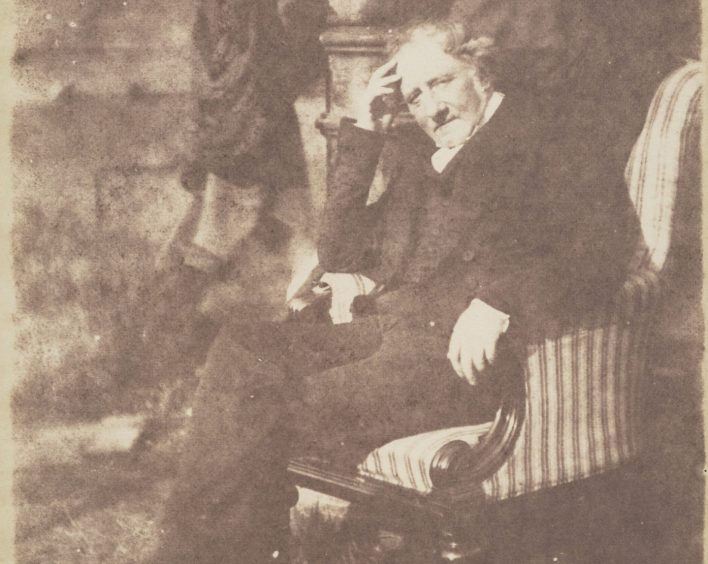 © Supplied by Henry Duncan Savings
© Supplied by Henry Duncan Savings